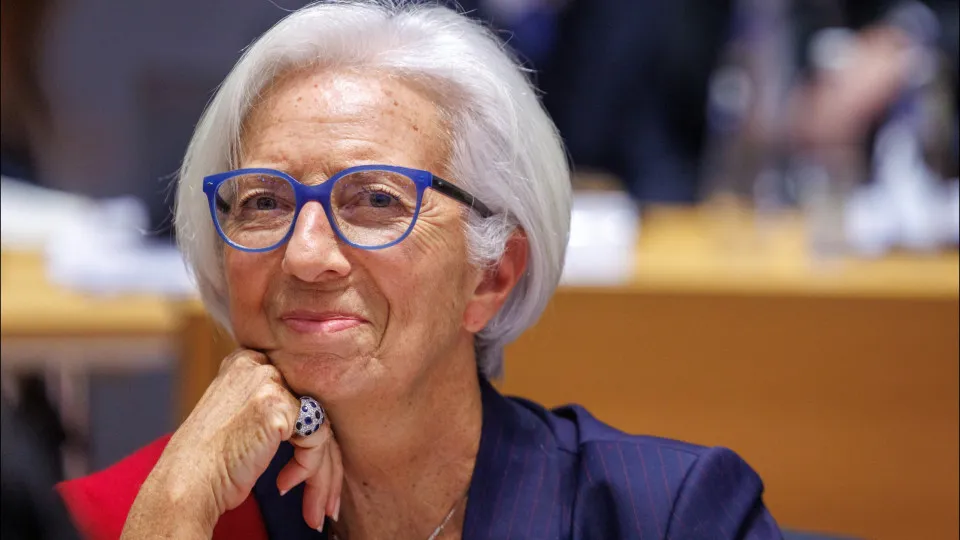
“We argued that the previous BNA rate cut in September was somewhat premature given the country’s inflation dynamics at the time and the real rate, which was not sufficiently restrictive to contain price pressures,” analysts recall in the note sent to clients, stating that the rate is now expected to continue its decline to 14% by the end of 2026.
The recent decision of the Monetary Policy Committee (MPC) on November 18, “to ease monetary policy seems more sensible,” they now argue.
The analysts also highlight that “following the violent protests over fuel prices at the end of July, the Angolan government postponed its plans to gradually eliminate fuel subsidies, thus temporarily alleviating a major threat to price stability.”
Price developments in Angola are improving, after several consecutive quarters of increases due to the liberalization of the exchange rate and, more recently, as a result of the gradual withdrawal of fuel subsidies, one of the measures advocated by the International Monetary Fund (IMF) as a way to create budget space for investment in more crucial development areas such as Health or Education.
“Although there is no concrete information on when these subsidy cuts might resume, the IMF suggested 2028 as a suitable date,” notes the African department of this British consultancy.
This slowdown in price increases also leads Oxford Economics to anticipate that the BNA will maintain the interest rate cuts, reaching 14% by the end of next year.
The monetary authority decided, on November 18, to reduce the key rate by half a percentage point, from 19% to 18.5%, and to lower the standing lending facility rate from 20% to 19.5% and the standing absorption facility rate from 17% to 16.5%.
The reduction in interest rates is justified “by the favorable evolution of the main macroeconomic indicators, notably the consistent slowdown of inflation” and by “the assessment of monetary indicators that signal lower inflationary pressures in the short term,” the BNA noted in a statement released after the meeting.
The central bank also highlighted, as reasoning for the decrease, the trajectory of slowing inflation, which fell to 17.43% in October, after 18.16% recorded in September.
For 2025, the National Bank of Angola forecasts an inflation rate of 17%, with a possible deviation of 0.5 percentage points, and for 2026, projects a decrease to 13.5%.




